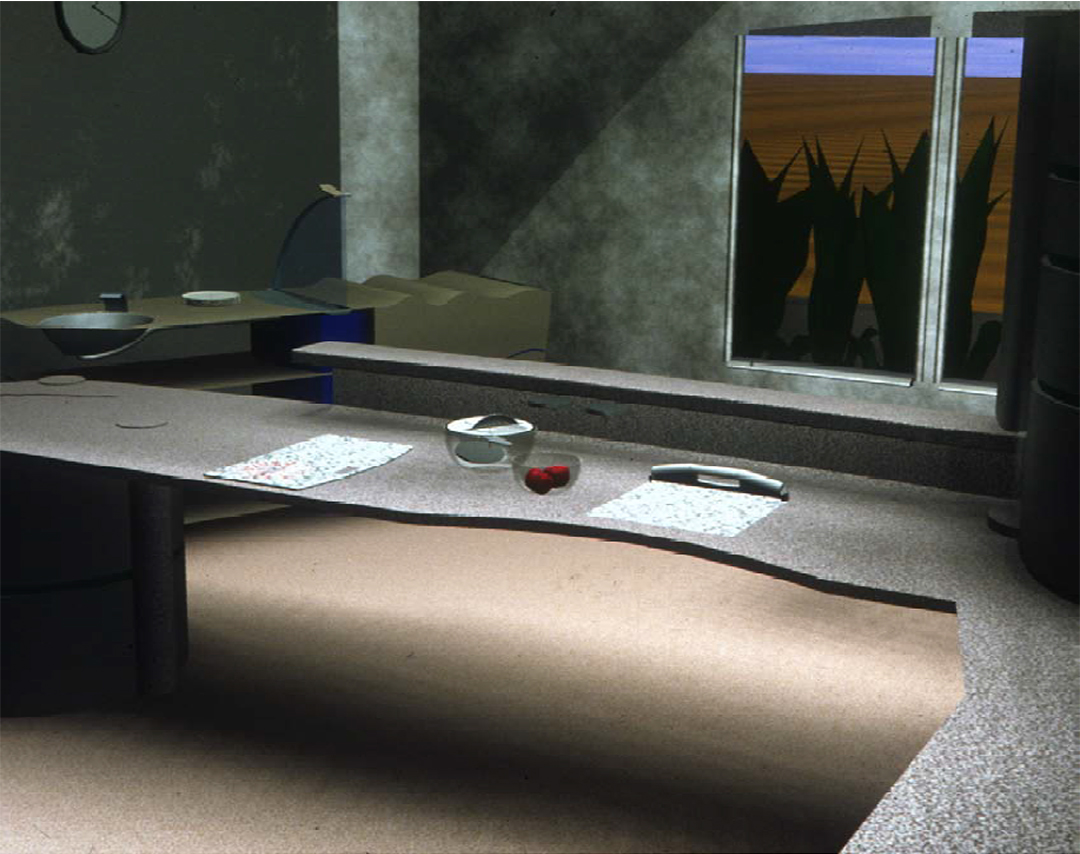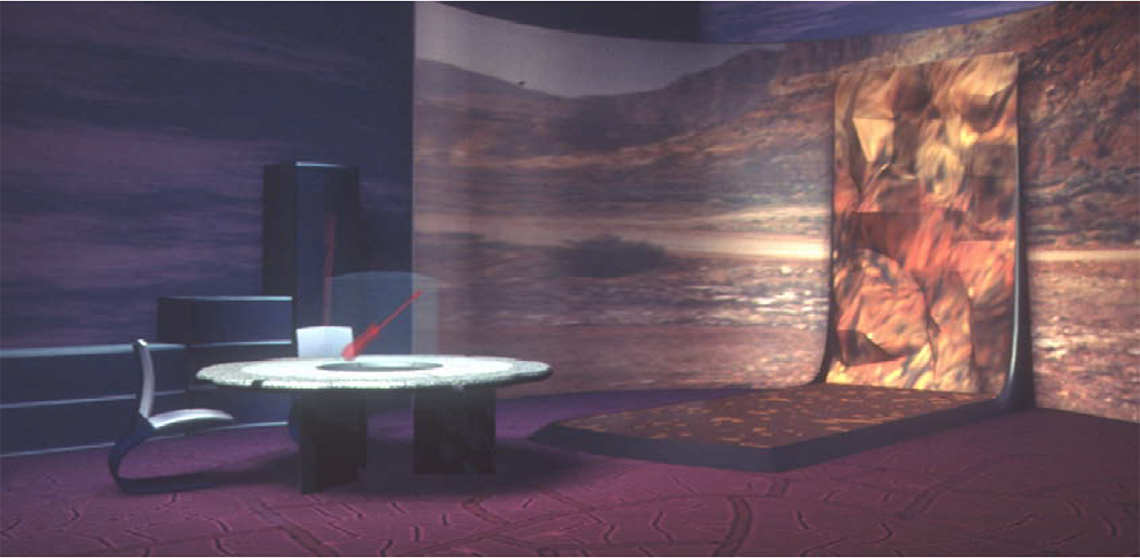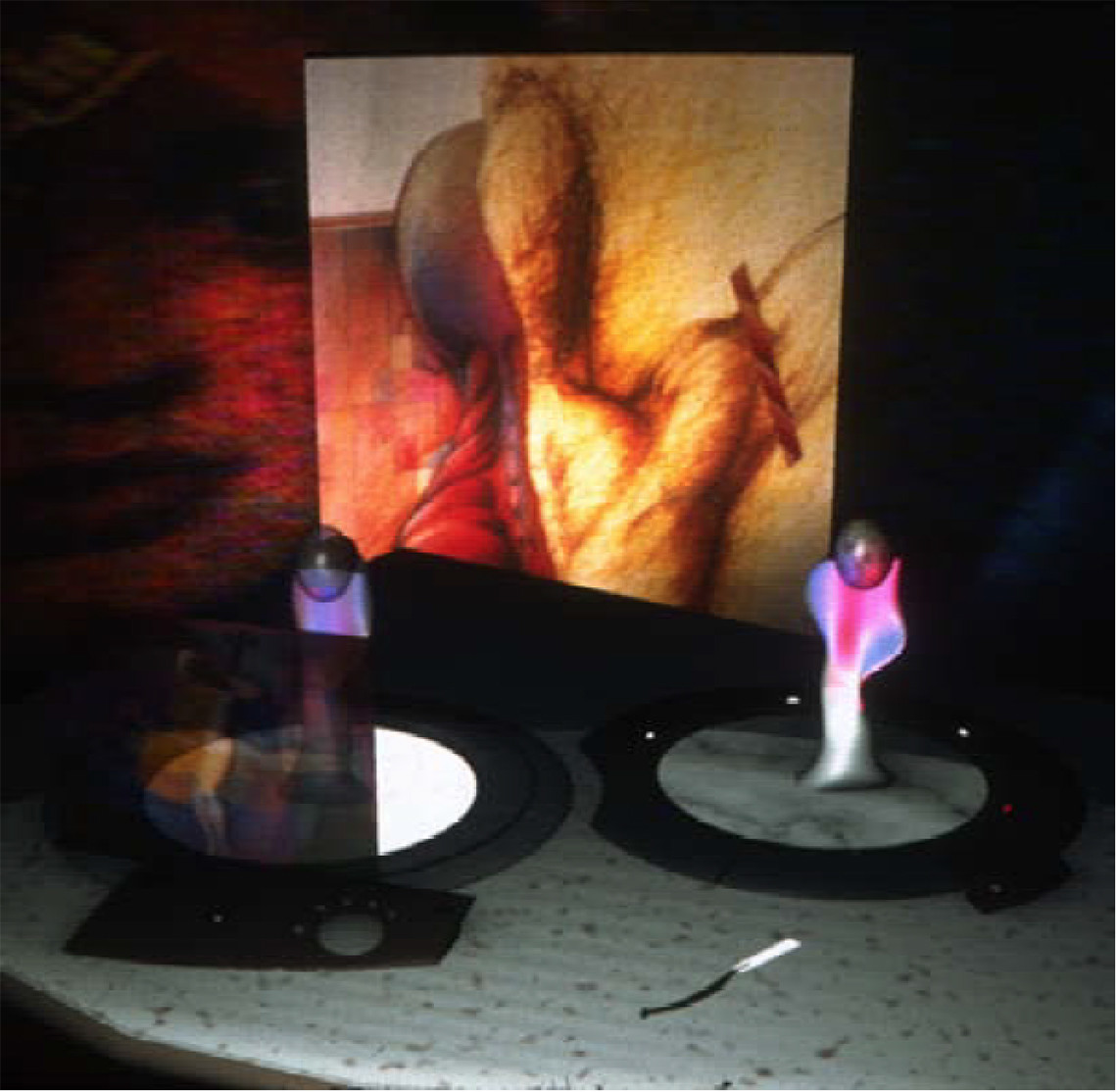

Synopsis
With a 12,000 year history, the modern home still meets basic needs as shelter, protection, a place to prepare food, a place to rest and a place to raise children. While the roles of the home have become extended to include a center for entertainment, a workplace and a place for education, in essence, its many roles have not changed. The new technology available for use in the home has not replaced home activities; it has merely assisted those existing activities.
A technology in development, molecular nanotechnology, holds the potential to revolutionize the modern home. In nanotechnology, materials science, biology, chemistry, computer science and functional technologies meet at the nanometer scale (one billionth of a meter), and products are literally built from individual atoms. This technology applied to plastics as nanonplastic materials would have extraordinary properties: prodigious computational power, abilities to sense and react to surroundings, capacities for changing function, form and visual characteristics, and capabilities for virtually any other adaptation.
Nanoplastics was one of two projects conducted in the Institute of Design’s 1992 Systems and Systematic Design course. It considered the ultra-small through the lens of a striking new technology just beginning to make its appearance, molecular nanotechnology. The other project, Aerotecture, took the opposite end of the scale and considered what might be possible if an ultra-large, rigid airship could be developed. Both projects received recognition in international design competitions.
Final Results
The Nanotechnology project explores a new conceptual landscape, one in which the home of tomorrow is a system of truly intelligent, adaptive, self-organizing products. All activities in the home have been re-examined for opportunities where Nanoplastics can significantly improve the quality of life. The conclusion is clear: virtually all of home living will be affected positively by Nanoplastics. The Home System addresses a sample of the diverse range of activities that make up home living.
In this Home System, Nanoplastic products share features and work together to fulfill complex system functions. All devices are served by a common infrastructure that links them into a network, controlled along with individual products through a palette of interface options which include voice, graphic, video, holographic and gestural communications. While complementing the operations of other products, each product also plays a specific role in the system.





Food Preparation Space
Geoplane
PADScreens
Sculptor
Tags:
Faculty
Students
Barry Shimelfarb
Jan Yeager
Jessica Coffey
Brian Switzer